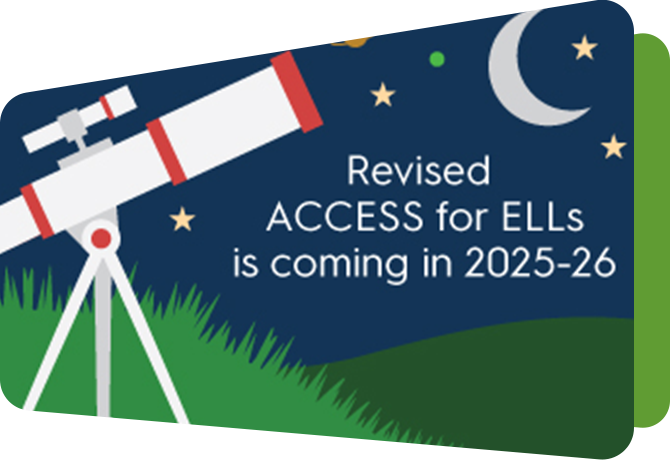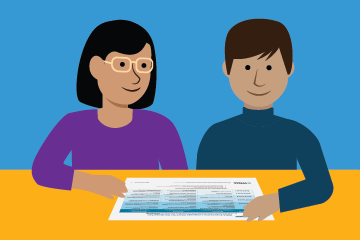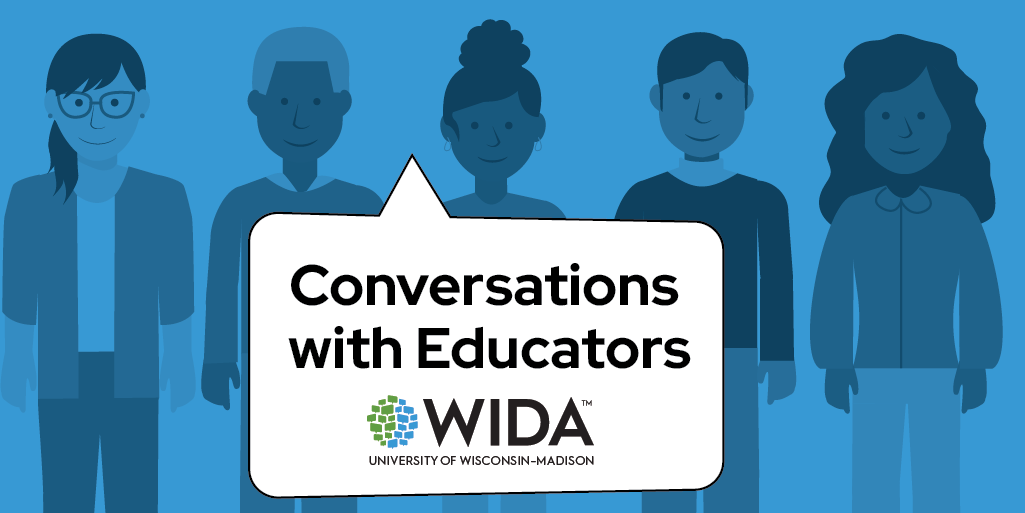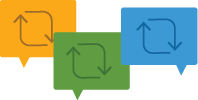August 2015 Featured Educator: Heather Brooke Robertson
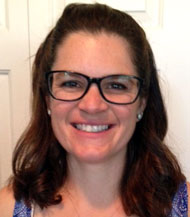
Where do you teach? What grade(s)? How long have you been a teacher and how long have you been at your current school? Have you always worked with ELLs?
For the last two years I’ve been a full time ESL teacher at a rural 4K–5 school outside Lake Geneva, WI. I am entering my 14th year of teaching. I have a degree in International relations and Latin American studies from the University of Wisconsin-Madison. After graduation I moved to Milwaukee and got my teaching license and then entered the Americorp program. Because I’m bilingual, I got put into the bilingual cohort. After two years I moved to California, where they didn’t have bilingual programs, so I was a general education teacher and a Spanish teacher. I have always worked in diverse districts with lots of ELL students.
What is your class, school and district like? Can you tell me a little about its location, size and about the composition of the student body?
Lincoln Elementary is just under 400 students 25% black, 25% white 25% Asian (with a large Hmong population) and 25% Spanish. 50% of our students are ESL. Lincoln is a 3rd-5th grade school, and offers dual language programs for all these grades. In addition, Lincoln now offers Hmong dual language classes. They have an art teacher who for the last two years has provided instruction in Hmong.
Why are you an educator? What do you love about your job? What frustrates you?
I was privileged enough to write a chapter in Sonia Nieto’s book, Why we teach now It’s an amazing experience to write a chapter like this because you really get to reflect on why you teach. In my chapter I wrote “I teach despite…” and I listed all the reasons why I teach, despite all the assessments, the accountability pressures on teachers, the constant belittling in the media, the deunionization frustrations. And I guess the bottom line is, I am still teaching now because I believe in equal access for all children. I believe in learning and I love learning. That’s what I get to do every day! And that is why I choose to teach even when there are plenty of reasons out there not to. Who else gets paid to sit and read with kids all day? I do!
What is your approach in your classroom/school towards ELLs? What techniques/strategies have you found to be most effective in teaching ELLs?
Here is the answer that everyone is looking for; it is pretty profound. It is called listen to kids. Yep, that’s it. They know what they need and they will tell you. We just need to respond to them with an open heart and an open mind. And embrace what they are sharing with us. When that happens they feel validated and that is when learning occurs.
How do you determine/decide what language to focus on in a lesson? Describe your planning process to address the needs of ELLs, if possible.
Again, I listen to kids. It is important to use the language they have and use that as a leverage. That is your starting point. If we don’t start where they are, then we are never going to get them to where they need to go next. It is our job to build those scaffolds for our students and expose the kids to capital. And if we don’t, we are failing them and denying them equal access to an education.
I am a true believer in the work of Cheryl Urow and Karen Beeman around the teaching for biliteracy model. One of their first ideas is, you need to provide students with a concrete experience. And this doesn’t mean just collecting every size bottle from around our houses and bringing them in, or bringing in a turtle. But concrete experiences are essential to get a greater understanding of what we are really talking about. Starting them with the language they have, providing them with a common experience (whether that is with a text, an object, or a video) and building from there to get to our standardized activity or objective is key.
I love doing assessments along the way; doing continual observations to inform your teaching. I just retweeted a quote this morning that went something along the lines of, teachers are experts at making observations as well as knowing what do to with that data that we get. I think that we need to continue to listen to ourselves and use that data productively.
What benefits or strengths do English language learners bring to your classroom/school?
They bring their language, which is their culture, which is their experience, which is their perspective. That has taught me flexible thinking and the value of flexible thinking, and that learning isn’t necessarily linear and it doesn’t necessary go the way I think it is going to go.
How do you encourage ELLs to learn? How do you accelerate their language development and ensure their equitable access to content learning?
I am a huge advocate for resources. I really believe that at all ages the way to increase talk in a classroom and increase vocabulary is through discussing and having rich text. I grew up with really rich text, beautiful text. My mother and father are both teachers and my mom did not have books when she was young and so it was an absolute priority for us to have books.
When I became a bilingual teacher, and I couldn’t find the same kind of high quality text for my students, it was this blaring injustice to me. It is hard to have a rich conversation with a simplified or boring text. When you have a good text, then you can really engage, you are really motivated by it.
Multiple experiences in not having engaging texts for my bilingual students motivated me to start Books del Sur (bookdelsur.org). This is a company that imports children’s books from Latin America. I was motivated to start this company because I felt that we can talk all we want about the benefits of a bilingual world, but if we don’t look at and incorporate the bilingual world that exists, we are not moving ourselves ahead. There are a ton of resources that the Spanish speaking world can offer us. So I sought out these resources and found amazing authors. And every time I read a new book from one of these incredible authors from South America I am filled with a million ideas and can build connections with the students I have. Bringing these rich texts into my classroom has really helped make it a rich, joyful, engaging environment.
I was working with a Kindergartener on a poem while we were learning about rhymes. I opened this book and started reading and she giggled and almost howled she was so excited. She yelled “It’s the poem!” She was so excited because we had been reading this poem on a boring piece of paper and she just lit up to see the same poem in this beautiful book. Her engagement went through the roof! So I just really believe in have those engaging texts and that may mean we need to buy them from other countries that actually use the language all the time.
How do you assess your students’ language learning?
HBR: I use a lot of formative assessments in my day-to-day teaching. It is pretty magical. I take a lot of notes--I use a notebook, sticky notes (my preferred method), and I also have some forms I have created as well.
My next step is to reflect on my notes. I like to talk to someone about what I have seen and learned, and talk about what my next step is. Once I have done that I work on my lessons and make a plan for moving forward.
How has WIDA helped you achieve your goals as an educator?
The fact that we give WIDA assessments every year raises the attention given to these students. Assessment time creates an opportunity for ESL teachers to start a dialog about what ELL students can do with their colleagues or others that might not be trained in ESL. The ACCESS for ELLs test gives us a space to talk about students’ Can Dos. The Can Do Descriptors are an amazing tool to help talk to non-ESL teachers.
Also, I like the online WIDA resources. The Focus Bulletins are resources that I have brought to Response to Intervention meetings. I’ve shared the research and said this is what we know as a field about ELLs and language development.
Before this year, I didn’t really consider the ESL teachers who are alone, because I have always worked in a bilingual school or schools with multiple ESL teachers. I would really encourage those teachers who are alone to reach out to WIDA or an online network, such as Twitter, so that they can have that community. The community outside of my school has really helped me survive and know how to advocate for my students. It is our job to advocate for our students. And a piece of this advocacy can be teaching other teachers, so there is more of an awareness of our field, and so that you get to engage in learning together.
Sonya Nieto actually retitled my chapter The Activist Teacher, and that is an amazing honor for her to call me that and I want to continue to wear that badge and continue to advocate to empower our students. Because as teachers, quite frankly we have that privilege and we need to use it to empower our students.

